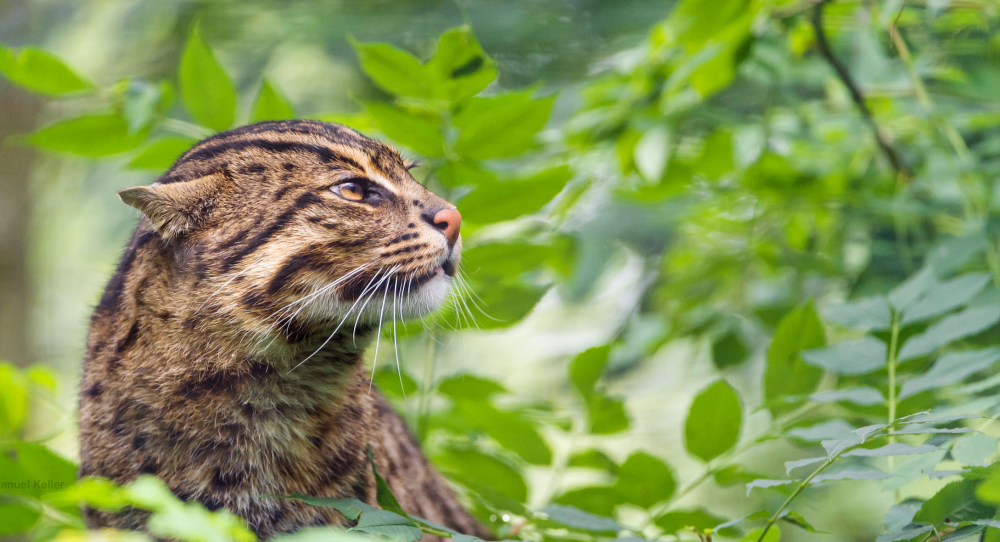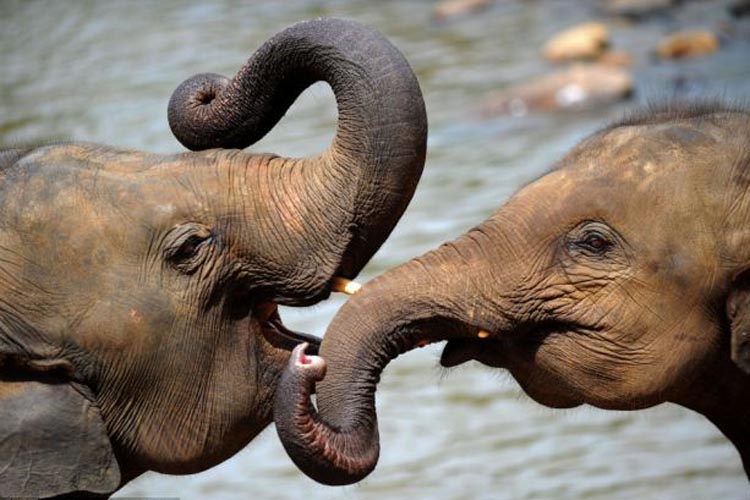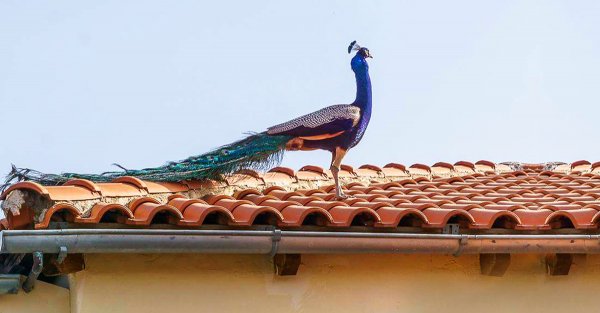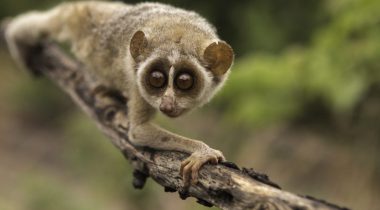
Bug-eyed, slow, but somehow still elusive, the slender loris is perhaps Sri Lanka’s most peculiar wild inhabitant.
But despite this, and despite the island’s importance in terms of the world population, the slender loris is a creature whose existence is barely acknowledged by those removed from the areas which it inhabits. And this is a pity, as the creature is widely accepted, by the global community of environmentalists, as one of the most fascinating and evolutionary distinct animals in existence. In the light of all this, the creature’s conservation ought to be at the top of our country’s list of environmental concerns.
What Is A Loris?
Large-eyed and spindly limbed, the loris is a nocturnal primate found in the tropical jungles of Sri Lanka, India, and parts of southeast Asia. It is an arboreal, or tree-dwelling, creature, whose elusive nature has made it a notoriously difficult one to study.

While there are ten distinct species, and even more subspecies, of loris distributed in the tropical jungles of Sri Lanka, India, and parts of southeast Asia, many of them are similar in appearance. Image credit: Mintern Bros
There are ten species of lorises, and a number of subspecies, spread across two genera – namely, the genus Loris, comprising the slender lorises, and the genus Nycticebus, comprising the slow lorises.
The Lorises Of Sri Lanka
Referred to as “unahapuluwa” in Sinhalese, and “kutti thevangu” in Tamil, both species of loris in the slender loris genus can be found in Sri Lanka.
These are the grey slender loris, which is native to both India and Sri Lanka, and the red slender loris, which is endemic to Sri Lanka. Both species are omnivorous, and feed on a diet of insects, fruit, and plant shoots, as well as the occasional small reptile.
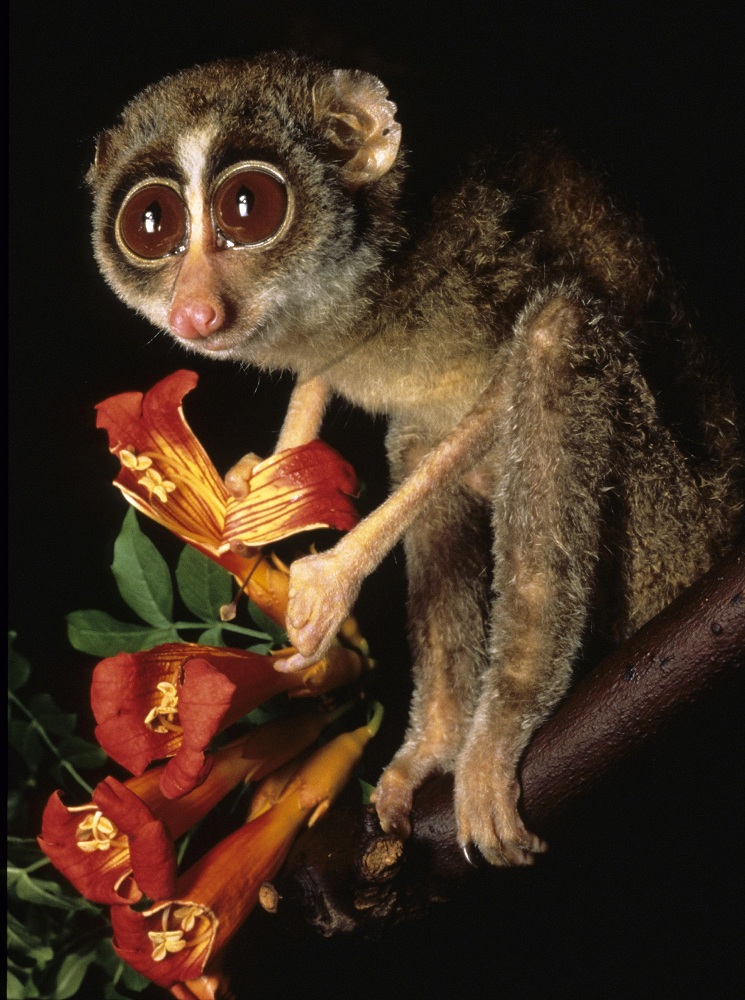
Sri Lanka is home to both species of slender loris. Image credit: emur.duke.edu
Gray Slender Loris
The grey slender loris, or Loris lydekkerianus, is the most widespread species of loris, and has been divided into four geographically distinct subspecies spread across India and Sri Lanka. Of these subspecies, the Northern Ceylonese slender loris, or Loris lydekkerianus nordicus, and Highland slender loris, or Loris lydekkerianus grandis, can be found in Sri Lanka.
The two subspecies are very similar in appearance, with the Highland slender loris being distinguishable by its shorter ears and heart-shaped face, as well the black basal hair it sports in place of the Northern Ceylonese slender loris’s white.
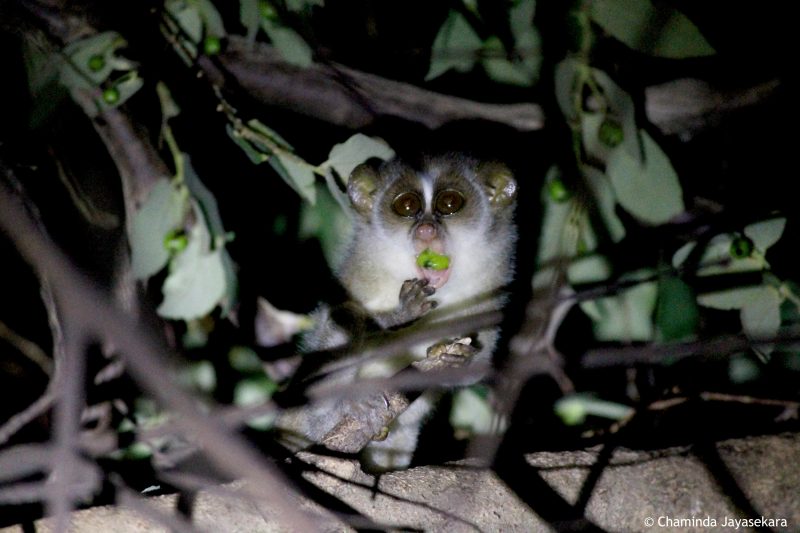
The grey slender loris is the more widespread of the two slender lorises. Image credit: Jetwing Hotels
The grey slender loris is, by nature and as seen in this footage, a solitary hunter, but has in certain circumstances been observed to roost in groups of up to seven specimens. More often than not, these groups comprise a female and her offspring, with mature males and females choosing to operate on their own.
The species is listed as one of Least Concern on the IUCN Red List for 2008, but loss of habitat, as well as the use of lorises and their body parts by villagers in their rituals, pose threats to this status, and may result in their numbers declining drastically in the near future. This is already reflected in Sri Lanka’s National Red List, which classifies the species as Near Threatened.
Red Slender Loris
The red slender loris, or Loris tardigradus, is considered one of the most evolutionarily distinct creatures in existence, and has, for that reason, been listed as number six of the 10 focal species and number 22 of the 100 EDGE mammal species. It is endemic to Sri Lanka.
Unlike its closest relative, the grey slender loris, the red slender loris is a social animal, and has been observed to form small social groups comprising adults of both sexes as well as younger animals. It is, in fact, among the most social of all species of nocturnal primates.
Red lorises have been classified into two subspecies – the dry zone slender loris or lowland loris (Loris tardigradus tardigradus), and the Horton Plains slender loris or mountains loris (Loris tardigradus nycticeboides).

The Horton Plains slender loris rediscovered. Image credit: Chamindha Mahanayakage
While the dry zone slender loris has been spotted over the years, the rediscovery of the Horton Plains slender loris – which was believed to be extinct for over sixty years – by Anna Nekaris and her team in 2002 was a success story of the most epic proportions. A team belonging to the London Zoological Society’s EDGE programme, working with Sri Lankan researchers, managed, following over a thousand night surveys in one hundred and twenty forested regions, to capture the first specimen of this subspecies to be examined in detail. It is then that the first photographs of the Horton Plains loris were taken.
Although the creature remains as elusive as ever, population estimates based on the limited available evidence suggest that this subspecies may be limited to just 100 specimens, bringing the Horton Plains slender loris into the list of five most threatened primates in the world. However, the possibility is high that the population could number below 60, in which case it would be the rarest species of primate in the world.
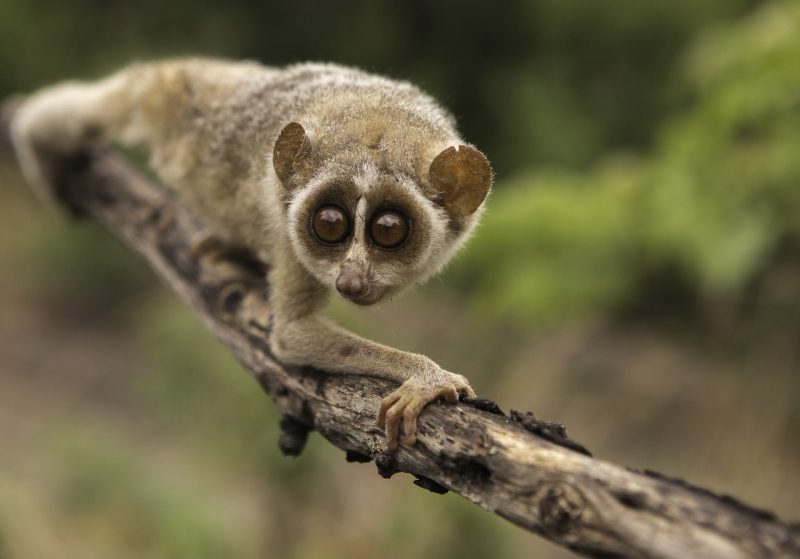
The slender loris, both grey and red, remains an elusive creature. Image credit: drscdn.500px.org
For all that we know about our slender lorises, there is a host of things we don’t, and like any elusive creature on the verge of being threatened, probing for more information about these arboreal primates is a tricky business. But strides have been made in the recent past, and environmentalists are well on their way to learning more about the slender loris and, until we do, it’s the least we can do to be proud of our little island’s most fascinating primate.

